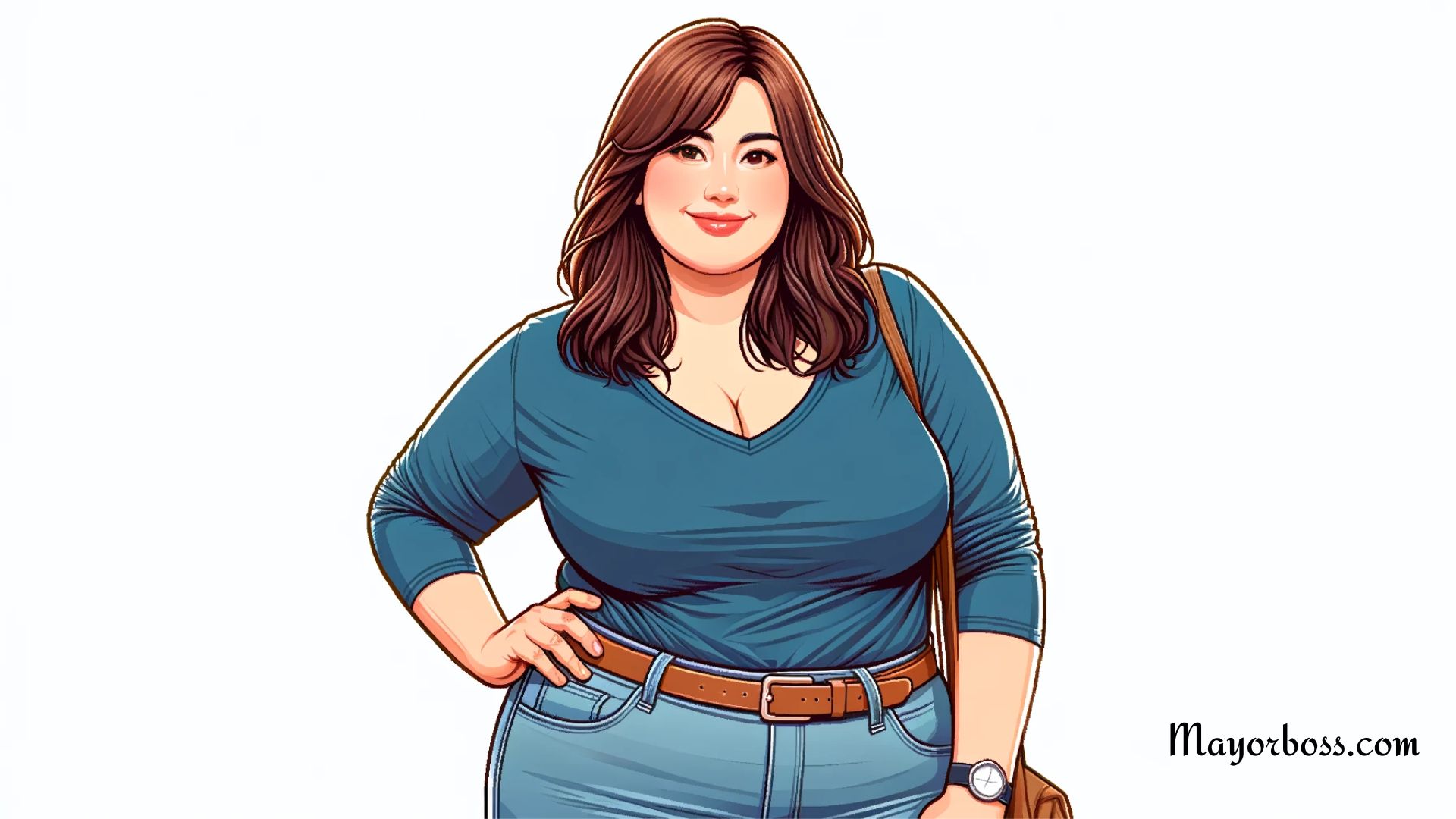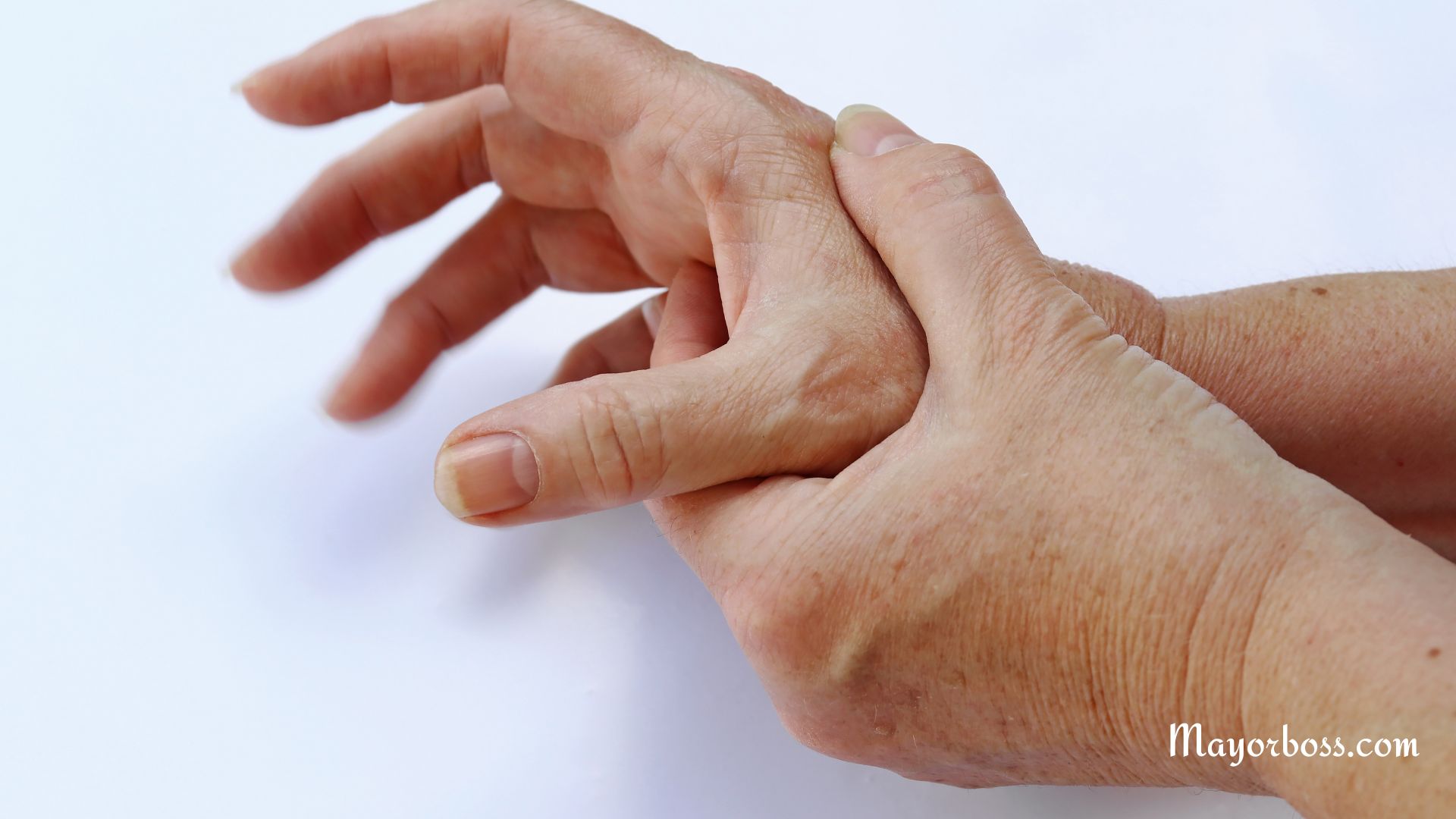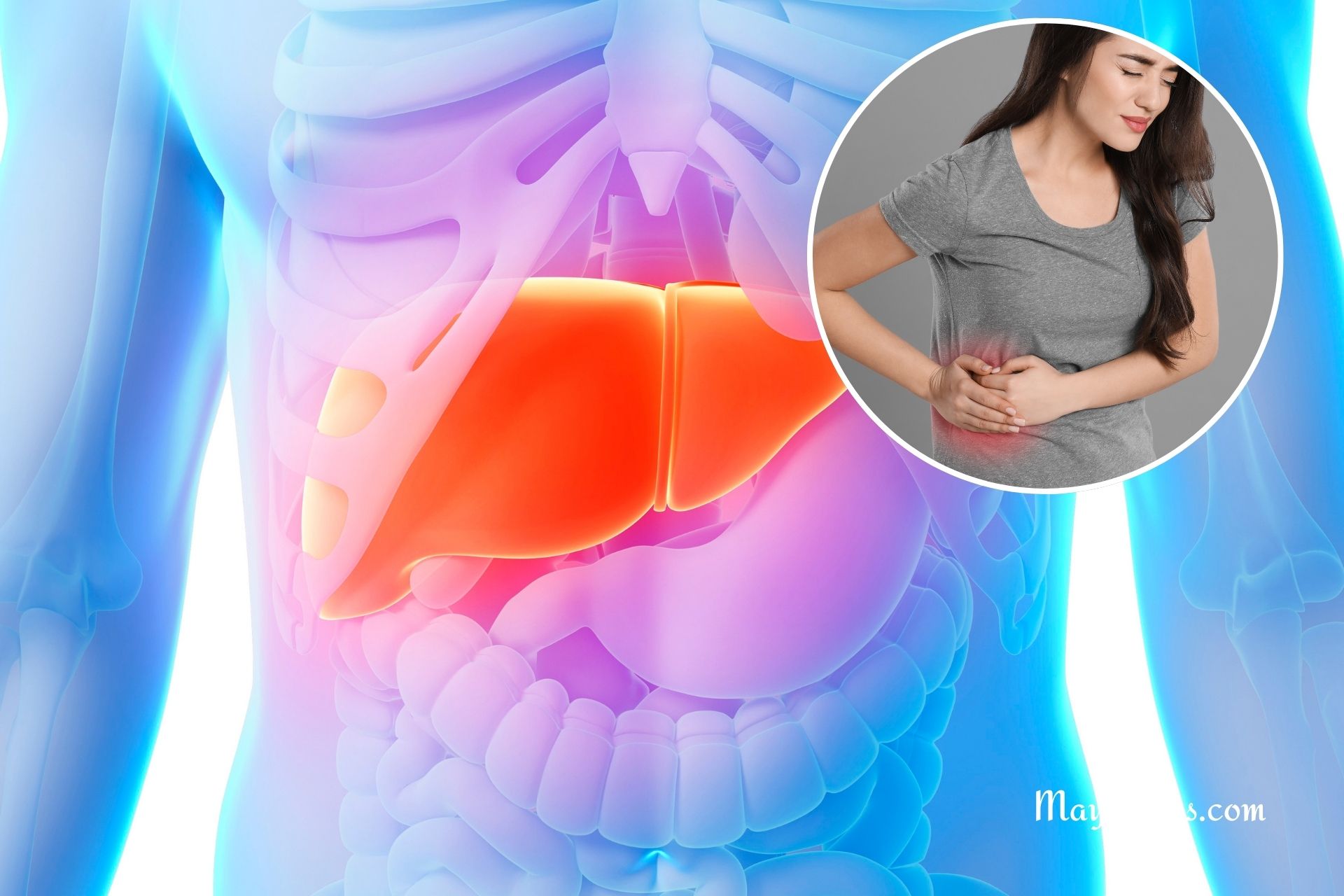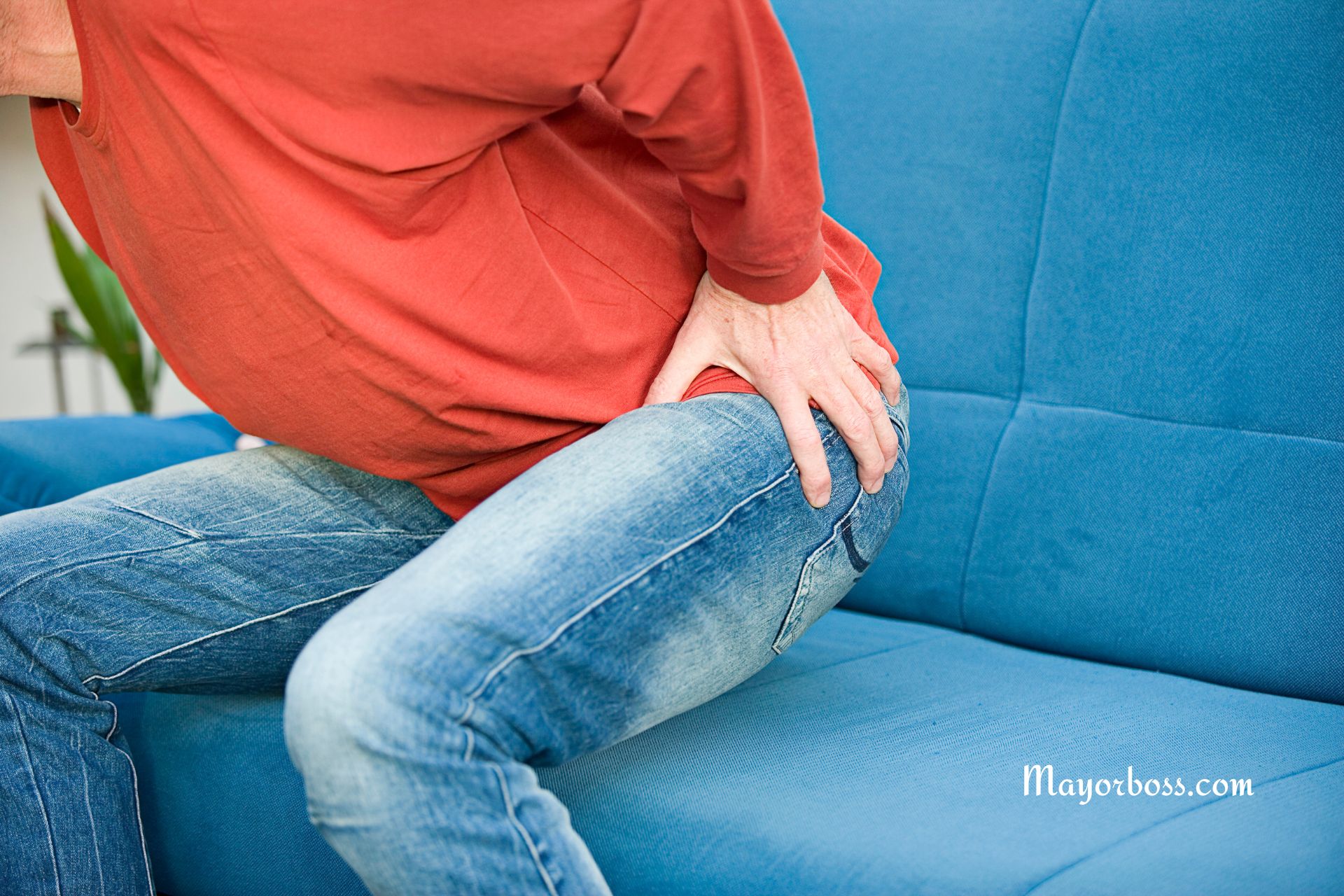5 Reasons Your Lower Left Back Hurts And When To See A Doctor
Just as you’re finally relaxing after a long day, a sharp pain jolts you from your tranquil state. It’s localized in your lower left back, and it’s not a mere fleeting discomfort — it’s persistent. You try to shift your position. Maybe that would help. But the pain seems to laugh in your face, steadfast, and it’s affecting your daily routine.
What is it?
The answer isn’t always straightforward. Lower left back pain can be a symptom of several conditions.
“To properly diagnose the cause, it’s crucial to consider the nature of the pain, its intensity, and if it’s accompanied by other symptoms,” explains general practitioner Dr. Anita Iroko. “Pain in this area can range from a dull ache to a sharp sting, and understanding the difference is the first step in figuring out the cause.”
Unlike a simple muscle cramp that disappears after a short while, consistent lower left back pain might indicate a deeper issue. To unravel this mystery, we tapped into the knowledge of Dr. Iroko.
What Is Lower Left Back Pain?
Firstly, it’s important to understand that the lower left portion of your back is a complex network of structures. These include muscles, nerves, bones, and various organs, all working in harmony. When something in this symphony goes out of tune, it can cause discomfort.
“Lower left back pain is a common complaint and can be due to several reasons,” Dr. Iroko clarifies. “These range from problems in the muscular-skeletal system to issues with internal organs. The challenge lies in distinguishing between them.”
Lower left back pain can strike at any age, although it’s most common in adults due to factors like lifestyle, physical activity levels, and the natural aging process.
Causes of Lower Left Back Pain
The nature of the pain can tell you a lot about its origins. A throbbing pain could hint at a muscular issue, while a sharp, persistent pain might indicate an organ problem. Here are some of the most common causes of lower left back pain, according to Dr. Iroko:
Muscular Strain
Overworking your muscles, whether it’s from lifting heavy items or poor posture, can lead to muscle strains.
“Muscular strain is the most common cause of lower left back pain,” says Dr. Iroko. “This occurs when the muscles are stretched beyond their limit, leading to tears in the muscle fibers.”
Signs of muscle strain can include:
- Localized pain.
- Swelling.
- Limited movement.
- Muscle spasms.
Rest, heat application, and over-the-counter pain relievers are often sufficient to relieve muscular strain.
Kidney Stones
The location of your kidneys, especially the left one, might cause pain to be felt in the lower left back.
“Kidney stones are hard deposits that form in your kidneys and can cause extreme discomfort when they move,” explains Dr. Iroko.
Other symptoms of kidney stones include:
A doctor can diagnose kidney stones and recommend a suitable treatment plan.
Herniated Disc
The vertebral column, which forms the backbone, contains discs that act as shock absorbers. A herniated disc occurs when one of these discs ruptures or slips out of place.
A herniated disc can press on nearby nerves, causing pain, numbness, or weakness on one side of your lower back,” Dr. Iroko says.
Other signs of a herniated disc include:
- Pain that worsens at night or with certain movements.
- Pain that spreads to the legs.
- Unexplained muscle weakness.
Consult a healthcare provider if you suspect you might have a herniated disc.
Gastrointestinal Issues
Issues with the gastrointestinal tract, such as diverticulitis or gas, can cause lower left back pain.
“Though not as common, gastrointestinal problems can manifest as back pain,” Dr. Iroko clarifies.
Other symptoms can include:
- Changes in bowel habits.
- Abdominal pain.
- Nausea or vomiting.
If you have these symptoms alongside back pain, it’s essential to see a doctor.
Spinal Conditions
Spinal conditions like scoliosis, osteoporosis, or spinal stenosis can also lead to lower left back pain.
“Spinal conditions often develop slowly over time and can lead to chronic back pain,” Dr. Iroko states.
Other signs of spinal conditions include:
- Chronic back pain.
- Trouble walking or standing.
- Numbness or weakness in the legs.
Consult a healthcare provider for a thorough diagnosis and treatment options.
When To See A Doctor
If the pain is mild and goes away with rest and over-the-counter treatments, it’s probably nothing to worry about. But if the pain persists, is severe, or is accompanied by other symptoms like fever or unexplained weight loss, it’s essential to seek medical attention.
“Persistent or severe back pain should not be ignored,” Dr. Iroko emphasizes. Especially if it’s accompanied by other symptoms, it could indicate an underlying health condition that needs treatment.
Lower left back pain can be a nuisance, but remember; it’s your body’s way of telling you that something might be off. Listening to it and seeking help when needed can lead to quicker diagnosis and treatment.
Further Reading: 8 Every Day Habits That Can Help Ward Off Back Pain






